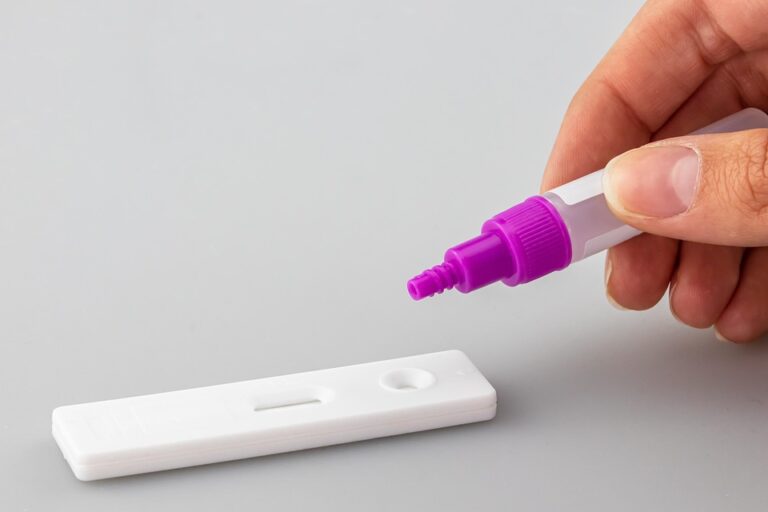Beta Testing Insights: How Businesses are Adapting to User Feedback in Real-Time
In the fast-evolving landscape of technology and consumer behavior, businesses are increasingly recognizing the value of beta testing news to refine their products. Real-time feedback from users not only enhances the quality of offerings but also shapes business strategies. As customer expectations evolve, adapting to their feedback during beta testing has become essential for sustaining competitive advantage.
What is Beta Testing?
Beta testing is a crucial phase in product development where a limited release of a product is made available to a specific group of users. This phase allows businesses to gather insights on user experience, identify bugs, and assess functionality before a broader launch. By engaging real users, companies can gain valuable feedback that shapes product refinements.
The Importance of User Feedback
The significance of beta testing lies in its ability to capture real-time user feedback. According to a recent study by the Product Development and Management Association, 69% of successful products launched in 2022 began with beta testing that involved user interactions. This statistic underscores the trend of incorporating user insights throughout the development process, highlighting the shift from traditional market research to iterative testing.
How Businesses Utilize User Feedback
Businesses are adapting to user feedback in several innovative ways during the beta testing phase. Here’s a closer look at some strategies employed:
1. Real-Time Analytics Tools
Many companies are investing in advanced analytics tools that provide real-time data on user interactions. These tools help interpret user feedback instantaneously, allowing businesses to make prompt adjustments. For instance, Facebook relies on constant user feedback to improve its interface and features by closely monitoring how users engage with new updates.
2. Engagement Platforms
Using platforms like Slack or Discord during beta testing allows companies to facilitate open communication channels between developers and users. By creating dedicated spaces for feedback, organizations can address concerns and suggestions almost instantaneously, fostering a collaborative environment. Engaging with testers not only builds loyalty but also garners actionable insights leading to product enhancements.
3. Surveys and Focus Groups
Surveying beta testers and conducting focus groups are traditional yet effective methods. Businesses can gain qualitative and quantitative insights by seamlessly integrating survey tools like Typeform or SurveyMonkey into their feedback loops. For example, mobile app developers often survey users about their experiences, pain points, and desired features to guide future iterations.
4. Quick Iteration Cycles
Fast-paced companies are adopting agile methodologies, allowing for rapid iteration and deployment based on user feedback. They can implement suggestions, fixes, or enhancements quickly, keeping the development cycle relevant to current user needs. This proactive approach significantly enhances user satisfaction and retention rates.
The Impact of Agile Development on Beta Testing
The shift toward agile development has profoundly modified how businesses approach beta testing. In 2022 alone, agile methodologies reported a 20% increase in product delivery speed, making quick adaptations to user feedback possible without compromising the quality of the final product. This speed can ultimately lead to a higher success rate in product launches and reduced time-to-market.
Example: The Smartphone Sector
A notable example is the smartphone industry. Companies like Apple and Samsung frequently implement iterative beta testing cycles with their major software updates. User feedback collected during beta phases informs necessary modifications, ultimately leading to smoother launches. The responsiveness to user input not only enhances the product but also fosters brand loyalty, demonstrating how effective beta testing can be integral to business success.
Best Practices for Effective Beta Testing
To maximize the benefits of beta testing, businesses should consider the following best practices:
- Select the Right Audience: Carefully choose a diverse group of beta testers who represent your target market.
- Establish Clear Objectives: Set specific goals for what you want to learn from the beta testing process.
- Encourage Honest Feedback: Create an environment where testers feel comfortable sharing both positive and constructive criticism.
- Utilize Feedback Effectively: Document insights and implement changes systematically to inform future development.
Conclusion: The Future of Real-Time User Feedback
The integration of real-time user feedback during beta testing is reshaping businesses and how they approach product development. As companies streamline their operations to focus on user insights, the significance of beta testing news will only continue to grow. Embracing this paradigm shift not only benefits product quality but also strengthens customer relationships, leading to a more engaged and satisfied consumer base.
For more insights on how businesses are transforming their strategies, check out our articles on Agile Methodologies, and User Experience Trends. Additionally, consider visiting resources like Forrester Research for industry data and more on best practices in beta testing.
Recommended Images
- Image of a group participating in a software beta test – Alt Text: "Beta testing news in action with user feedback sessions."
- Infographic showing the benefits of beta testing and user feedback – Alt Text: "Infographic summarizing beta testing news and trends."
As we see more businesses adapting to the changing landscape through feedback-driven practices, the future of product development looks increasingly collaborative and user-focused.


